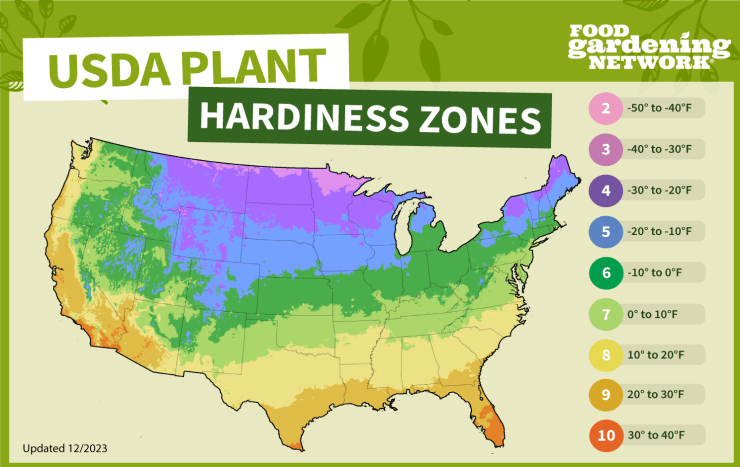Lemons are typically cultivated in USDA plant hardiness zones 9 to 11. These zones are characterized by mild winters and warm to hot summers, providing the ideal conditions for lemon trees to thrive. Here are some examples of U.S. states that fall within these recommended growing zones for lemons:
Zone 9: Some states in this zone are:
- Parts of California (including the San Francisco Bay Area, Los Angeles, and San Diego)
- Southern Arizona
- Southern Texas (including Houston and Corpus Christi)
- Southern Louisiana
- Southern Florida (including Miami and Fort Lauderdale)
Zone 10: Some states in this zone are:
- Most of Florida
- Southern and coastal areas of Texas
- Southern Louisiana
- Southern Mississippi
- Southern Alabama
- Southern Georgia
- Southern South Carolina
- Southern and central coastal regions of California
Zone 11: Some states in this zone are:
- Southernmost parts of Florida (including the Florida Keys)
- Extreme southern tip of Texas (including Brownsville)
- Coastal areas of southernmost California (including San Diego)
- Hawaii
It is possible to grow lemon trees indoors, particularly in regions with colder climates or outside the recommended growing zones. Indoor lemon trees can be grown in containers and placed in a sunny spot such as a south-facing window or under grow lights. Adequate sunlight, well-draining soil, and proper watering are crucial for successful indoor lemon cultivation.
Check out the USDA Plant Hardiness Zone Map and find out what zone your zip code is located in here. Or you can use our map to get a general idea of what your plant hardiness zone is.



 Previous
Previous

